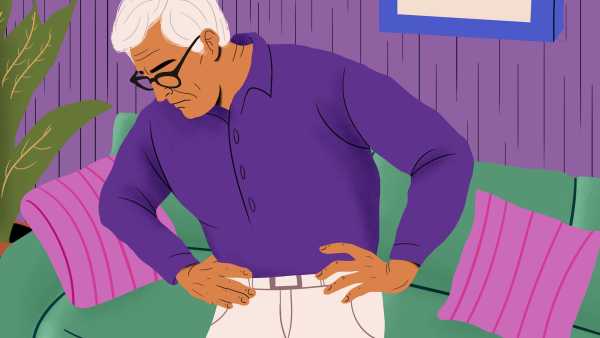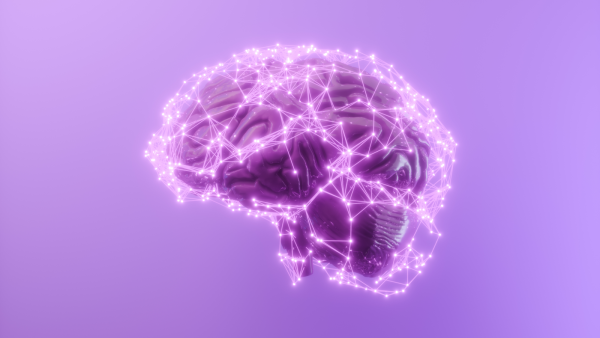
Video footage shows that epileptic seizures may immediately precede some sudden unexplained deaths in children. (Image credit: Ann in the UK/Shutterstock)
Some unexplained deaths of young children may be linked to epileptic seizures, according to a new study that analyzed video recordings of the children's final moments.
The study is an attempt to understand the phenomenon of sudden unexplained death in children, or SUDC, when a seemingly healthy young child dies unexpectedly and no autopsy or investigation reveals a clear cause. SUDC is somewhat similar to sudden infant death syndrome (SIDS) in that it often occurs during sleep and in children who appear to be developing normally. However, SUDC affects children between the ages of 1 and 18, unlike SIDS, which occurs before a child’s first birthday.
SUDC is less common than SIDS: Of all unexplained deaths in children ages 4 and younger, SIDS accounts for 90%, while SUDC accounts for 10%. The incidence of SUDC in children ages 1 to 4 is 1.5 per 100,000 children, making it the fifth-leading cause of death in this age group, according to a 2020 study. For families, such losses are devastating, said Laura Gould, a researcher at NYU Langone Medical Center and the first author of the new study.
“Losing a child is a grief, and not knowing why adds another layer of trauma and difficulty,” Gould told Live Science. The new study provides direct evidence that children experience seizures and muscle spasms just before they die. However, because the study only included a small group of children, more research is needed to determine exactly how common seizures are among SUDC victims.
Doctors only identified SUDC in 2005, so the study of it is still relatively new, Gould noted. The CDC now tracks cases of SUDC, but little data existed on the topic before 2005.
Gould, who co-authored the official definition of SUDC after losing her own daughter in 1997, is a co-founder of the SUDC Registry and Research Centre (SUDCRRC), which aims to study the causes of SUDC and has so far registered more than 350 cases.
“We carefully collect as much information as possible about each child, including their medical history, family history, DNA and other biological samples,” Gould said.
Recently, several families who have signed up for the registry have reported having baby cameras that record and save video of the events. SUDCs usually don't happen without witnesses, so the recordings provide a rare window into what happened in the children's final moments of sleep, though they are certainly difficult to watch, Gould added.
In the new study, the researchers analyzed the first seven videos collected by the SUDCRRC. Each video was reviewed by eight clinicians, including six forensic pathologists and two epilepsy specialists. Because the videos were so difficult to watch, all reviewers were offered mental health support, Gould said.
Two of the recordings were motion- or sound-triggered, meaning the recordings captured short snippets of the child sleeping. The other five videos were continuous. All five continuous videos showed the children having seizures before they died, and one of the motion-triggered videos also suggested a seizure.
The only previously established link between SUDC and seizures was that children with a history of febrile seizures — those caused by a fever — have an increased risk of SUDC. However, the vast majority of children with febrile seizures outgrow them without any ill effects. The new study highlights the need to study the connection more thoroughly, Gould said.
One of the children in the video had a febrile seizure, but the other six did not, she said.
Sourse: www.livescience.com





